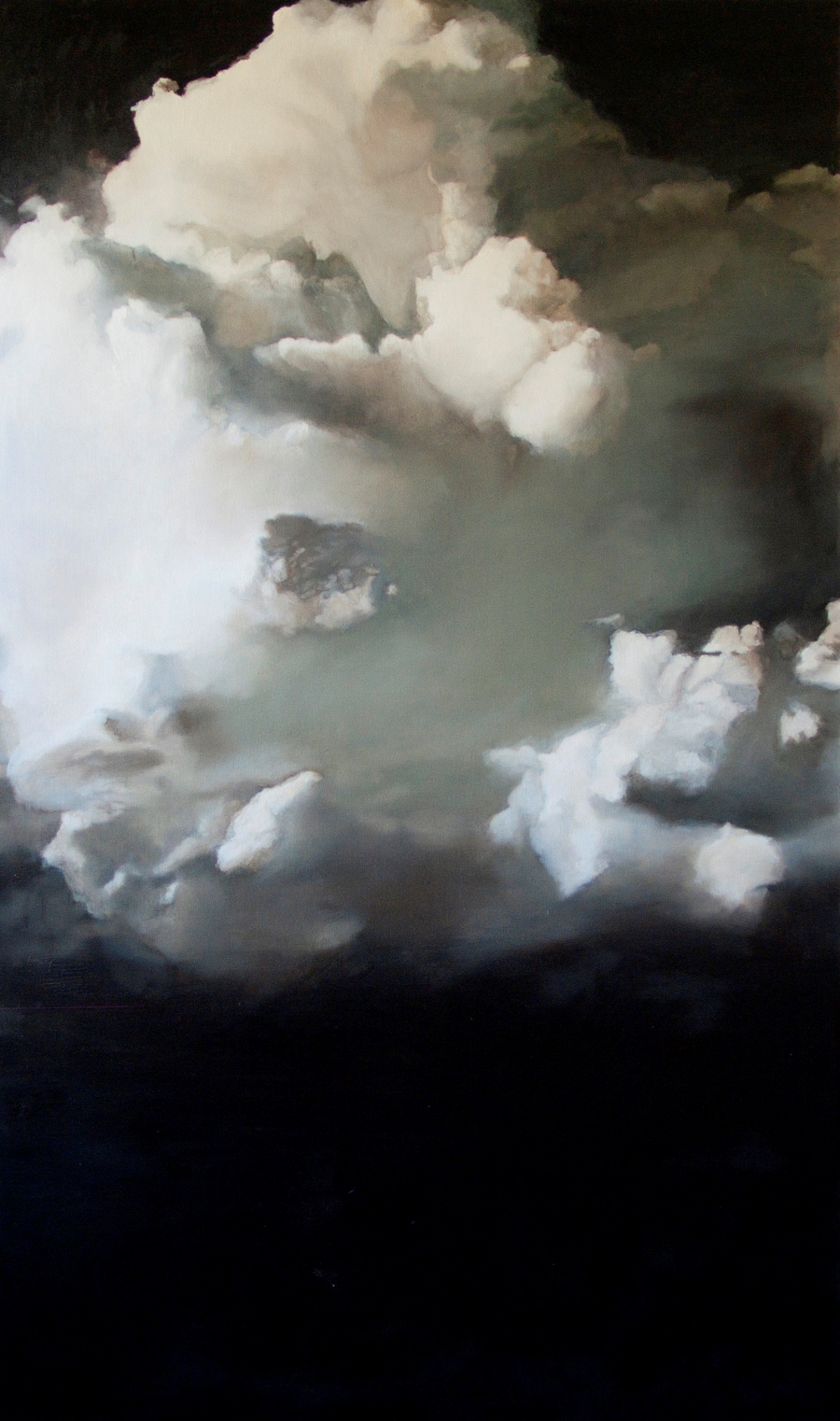ARTISTIC ELEMENTS
From 8 October to 3 December, the Standard Bank Gallery in Johannesburg is hosting the fourth and final instalment in its series of exhibitions based on the four elements of water, fire, earth and air.
‘Water, the [delicate] Thread of Life’ took place in 2011. ‘Fire! The Role of Heat and Light in African Art’ came in 2013. And in 2014, the earth element was represented in ‘Exact Imagination: 300 Years of Botanically Inspired Art in South Africa’.
“All three previous exhibitions were well received but the botanical show was by far the most popular, bringing over 3,000 visitors”, says curator Cyril Coetzee. “The art/science dichotomy was eloquently illustrated by botanical art and the galley hosted experts in the field to give weekly lunch hour lectures that were well attended.”
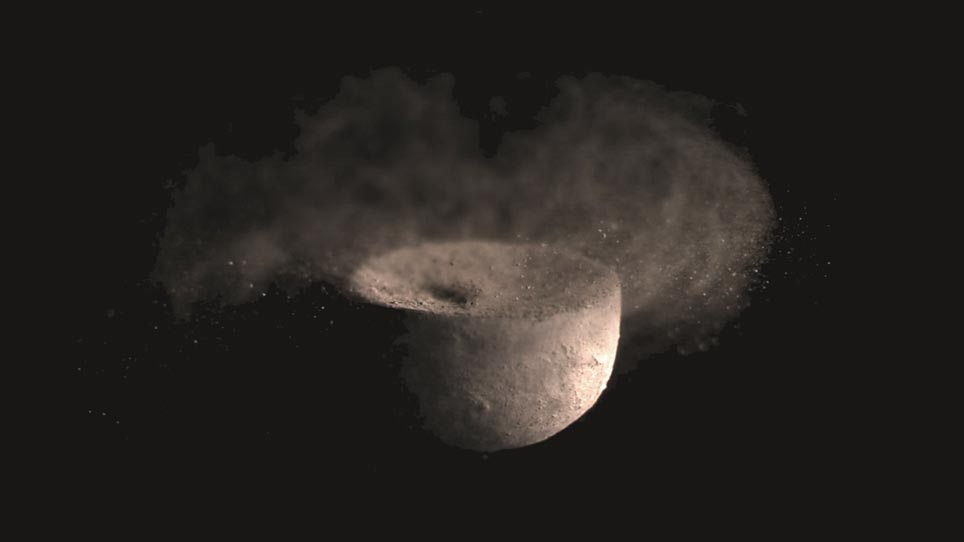
For the final instalment, entitled ‘Air: Inspiration – Expiration’, Coetzee is assisted by Robyn Sassen. In considering how works of visual art might represent an ‘invisible’ element, the two have drawn on diverse artistic traditions, styles, methods and media.
“Sassen selected the African material culture artefacts,” Coetzee says. “She largely chose artefacts related to flight (e.g. aeroplanes in roadside art). She also selected African wind instruments, bearing in mind that the efficacy of all musical instruments depends on air vibration and that the beauty of their artistic form expresses a relationship with air.”
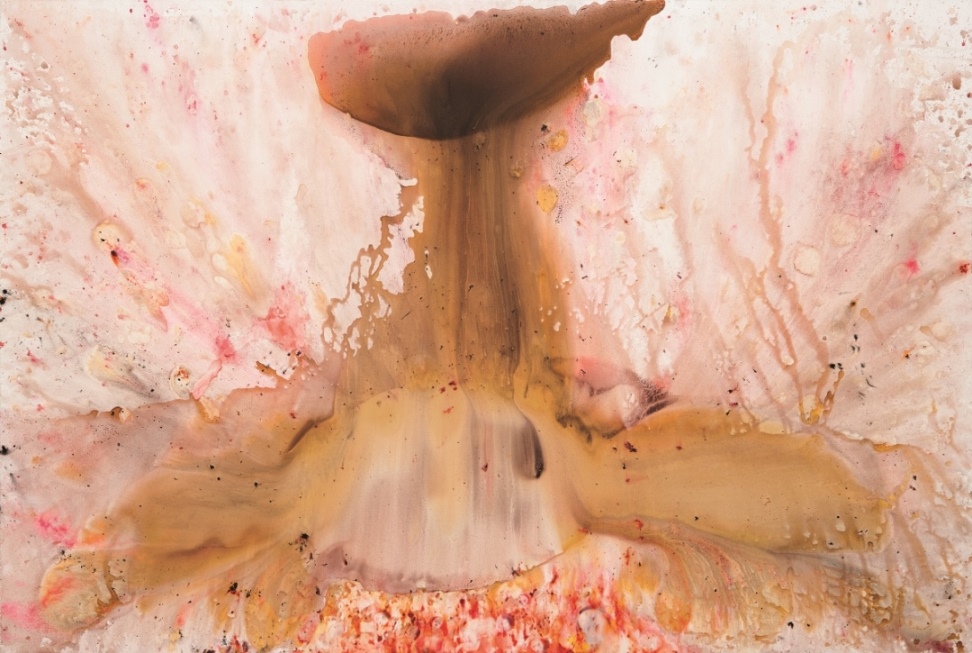
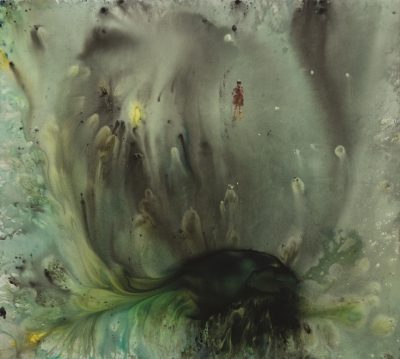
The artists exhibited include Penny Siopis, Robyn Penn, Jackson Hlungwane, Gerhard Marx, Karel Nel, Tito Zungu, Lyn Smuts, Nina Liebenberg, Samson Mudzunga, Walter Oltmann, Lyndi Sales, Sandile Zulu, Mary Wafer, Madeline Groenewald and Christine Cronjé.
“I have selected contemporary works by living artists active in Gauteng and the Western Cape, all of which illuminate the experience of air and breath from twelve thematic points of view: air and chaos, clouds and climate change, air and sound, air and light, air and disappearance, air and transparency, air and opacity, air under pressure, air and levity/flight, breath and consciousness, breath and being, and air and infinitude”, says Coetzee. “Most of the chosen artists are interested in the interface between art and science in one way or another, which may be said to constitute a second theme of the exhibition.”
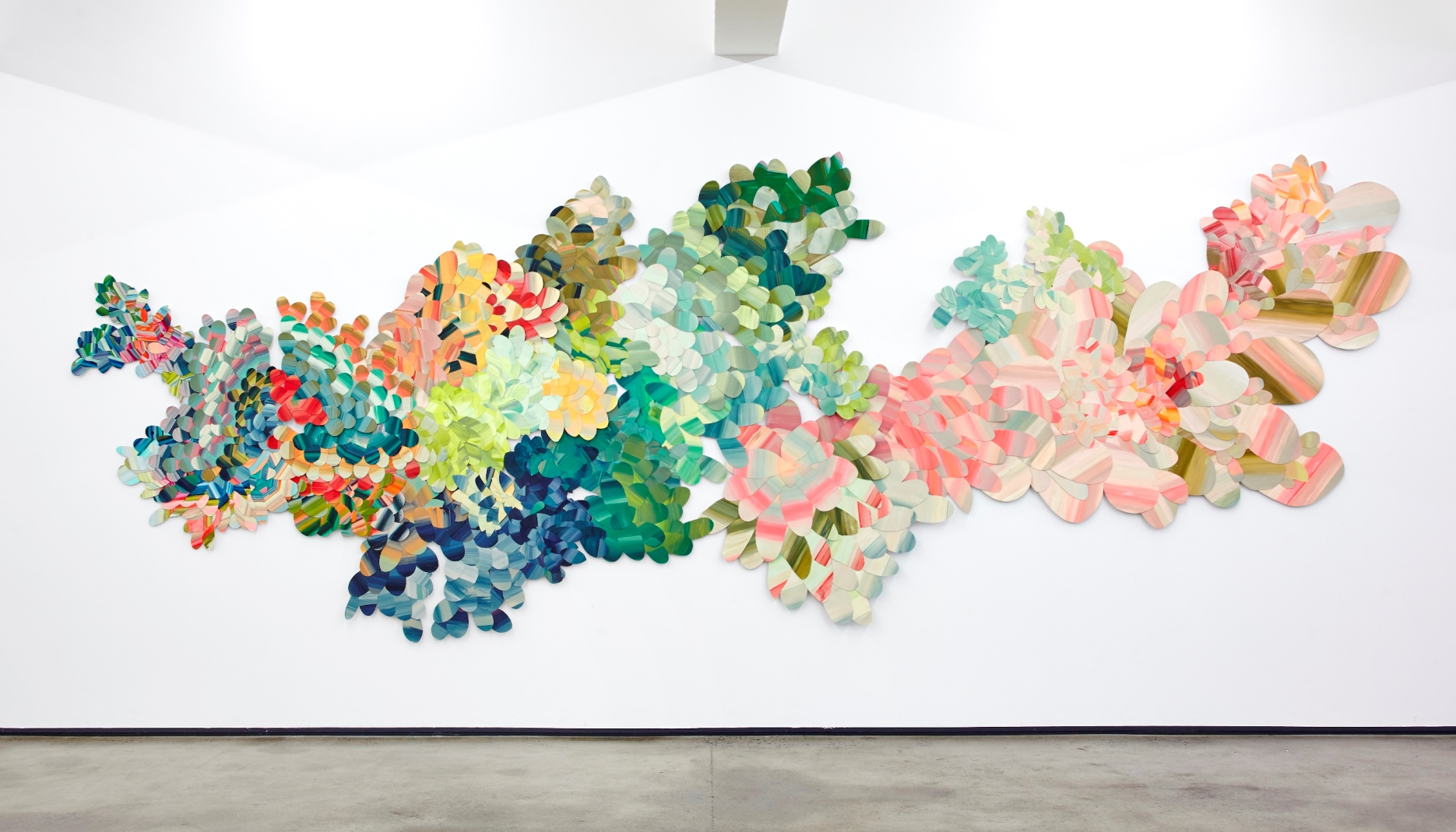
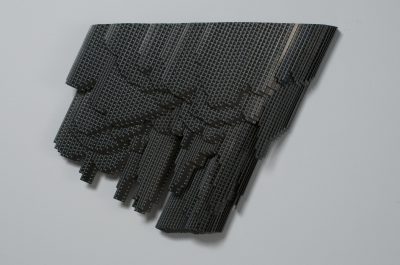
Indeed, in exploring the relationship between art and science, the exhibition demonstrates the connections between the quirky history of scientific analysis or experimentation and changing artistic practices. A number of the artists tackle pressing socio-political, economic, and environmental concerns.
“The chronological scope of the works collected extends from the ancient to the postmodern – from San rock artists to contemporary South African arts practitioners”, Coetzee says. “There are also various items taken from the African art collections of Standard Bank and the University of the Witwatersrand, including ornately carved musical instruments from southern and central Africa, and crowns and coffins from West Africa.”
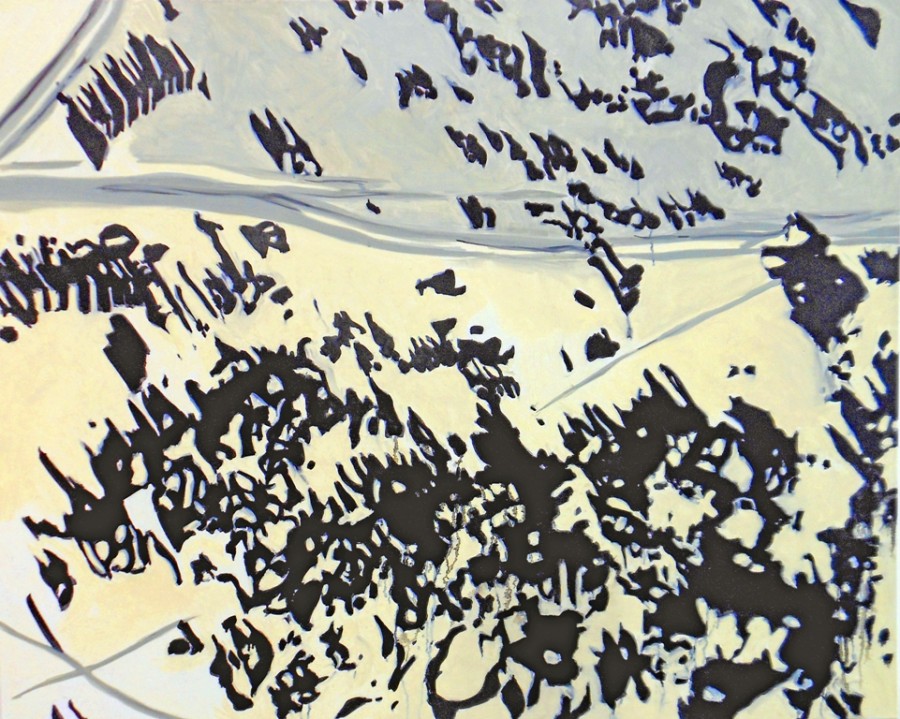
The African material culture pieces are mainly from the Wits Art Museum and the UCT collection, while some of the contemporary pieces come from private collections and others came from gallery holdings in Cape Town and Johannesburg. And while some works belong to the artists themselves, others have been especially made for the show.
“I have always been interested in the relationship of art to science, and in the idea of art as a kind of research”, Coetzee says. “I have had a dual career as a practicing artist and art historian, researching such themes as colour theory and the ‘expanded concept of art’, so exhibitions of this kind appeal to me.”
